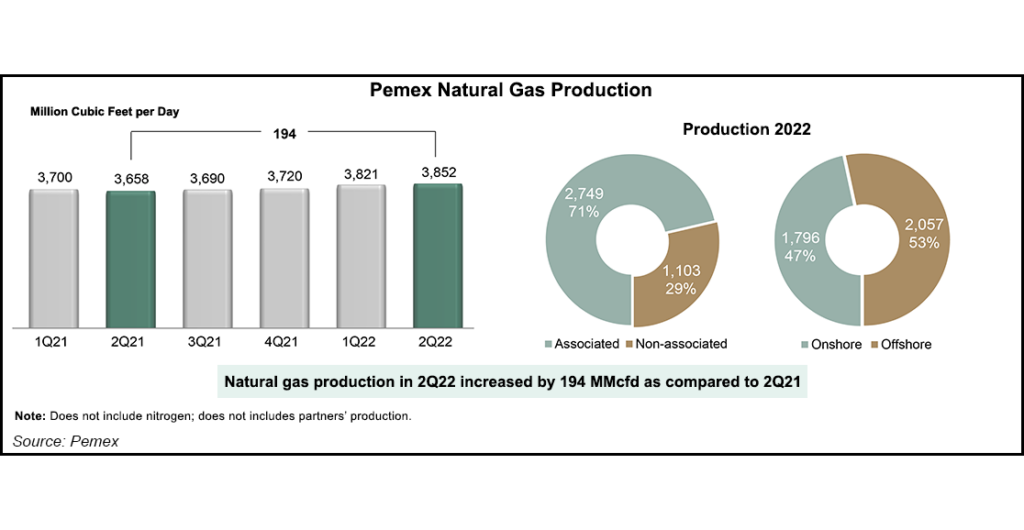Earnings | E&P | Energy Transition | NGI All News Access | NGI The Weekly Gas Market Report
Mexico’s Pemex Turns to Deepwater, Flaring Reduction to Improve Natural Gas Outlook
© 2024 Natural Gas Intelligence. All rights reserved.
ISSN © 2577-9877 | ISSN © 2577-9966 | ISSN © 1532-1266 |



